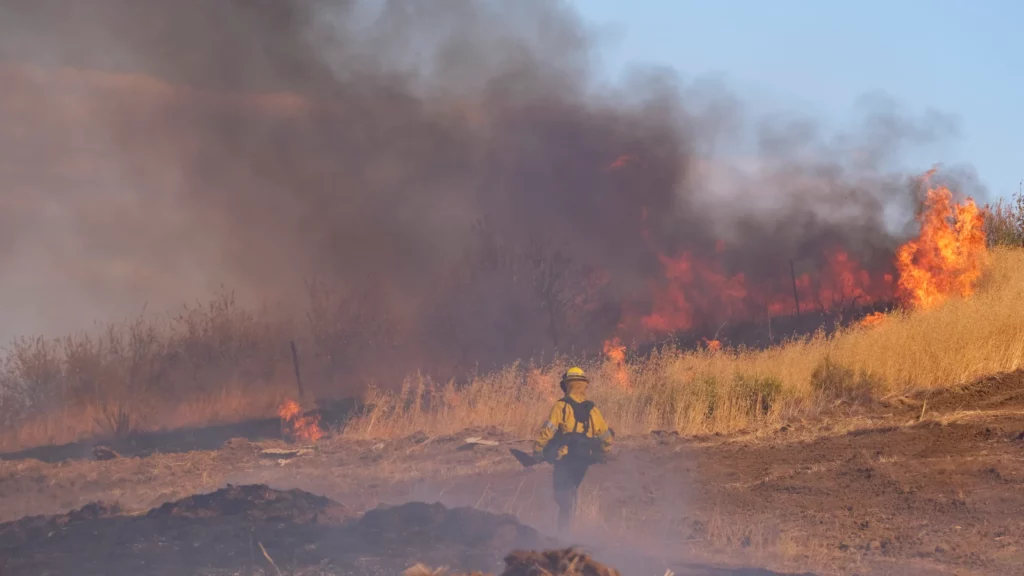Fire Danger in Hawaii. A fresh report’s making waves, and it’s not the usual leeward areas that are sounding the alarm for wildfires in Hawaii. According to the Hawaii Wildfire Management Organization, the wildfire risk is spread across the islands, hitting even beyond the typically high-risk leeward communities.

Islands in the Fire Line
Hawaii’s playing no favorites here—each island’s got its own fire hotspots. Oahu’s not looking too peachy, especially along the coast and parts of Central Oahu. Over on Kauai, coastal communities are on alert. And Hawaii Island’s got its hands full with fire risks on the western side and the south end. Even Maui and Molokai aren’t off the hook, dealing with fire dangers along various shores.
Lanai: Not Off the Hook
Even though Lanai seems to be the least risk-prone, this map isn’t giving it a full green pass. There’s still a whisper of danger hanging around.
A Wake-Up Call to Action
Remember those raging Maui fires? They shook things up, spurring State Rep. Linda Ichiyama into action. She’s leading the Wildfire Prevention Working Group and after the Maui incident, she’s all about action, not just reaction.
Ichiyama’s group is drafting a report digging into wildfire causes and ways to stop them from spreading. And that body cam footage from Maui’s officers? It screamed one thing: “We weren’t ready!”
It’s Time to Step Up
This report’s shouting loud and clear: between 2006 and 2016, Hawaii faced almost 1,000 wildfires! That’s a lot of heat, burning up around 20,000 acres each year. And here’s the kicker: almost all of these wildfires? Humans had a hand in starting them.
Preparing for the Worst
The report’s throwing some shade on Hawaii’s preparedness for disasters. Turns out, many communities don’t have solid emergency plans to handle the heat. Plus, sketchy evacuation routes make things trickier—most places only have one way in and out. That’s a recipe for chaos if things go south.
Playing with Fire
Some fire companies in Hawaii aren’t up to snuff in terms of meeting national staffing standards. Oh, and here’s a shocker: Hawaii’s the only state without a State Fire Marshall.
The Takeaway? Prevention is Key
Rep. Ichiyama’s got it figured out—too much focus on putting out fires after they’ve started, not enough on stopping them before they ignite. That’s where the real game-changer lies: investing in prevention. It’s a call to action—to get ready, stay ready, and stop wildfires before they turn into disasters.
